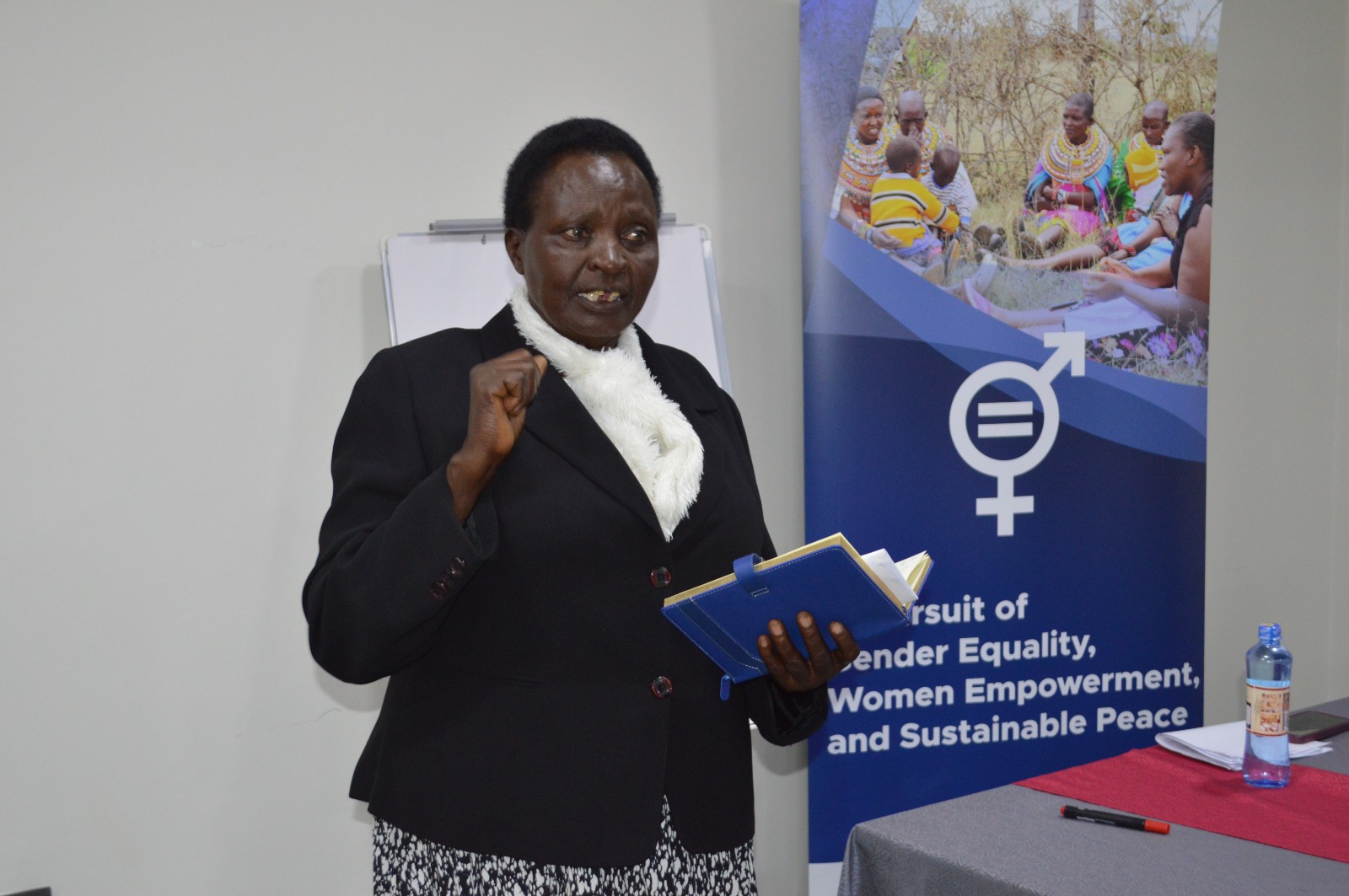By Patricia Mollyne Mataga
For long, it has been a man’s affair when it comes to handling community issues. From addressing land, marital, conflicts or anything that needs attention – it was known that that was a duty of a man in the community.
For some communities, a woman and a child are considered under the same category – and they have no say in such weighty matters that concern society.
If there is one area that men have dominated for long is the Council of Elders. Each community has its council of elders – dominated by men. Just a mention of an elder and any average Kenyan will technically think of a male.
But as times change, so do the traditions change.
Today, almost all the 42+ communities have incorporated women in their respective councils of elders. For now, they are just a few of them, but it is a major step, given the far the country has been in matters of women’s involvement in community leaders.
Kalenjin community is one of those that have allowed women to be part of the elders – the Myoot Council of Elders.
Esther Kangongo is one of the women that seats in the Myoot Council of Elders. She tells Nairobi Review that the journey to reach where she is has not been an easy one.
It all started with the 2007 Post-Election Violence that led to tens of Kenyans being killed and hundreds of others being displaced.
“After 2007, women in this area came together and agreed that it was time we started looking for solutions to the animosity amongst communities. Because of the situation at the time, the only thing we could do is discuss the matter at the family level because we were not allowed to speak in public forums,” Mrs Kangogo who played a key role in uniting communities within Uasin Gishu County in 2008 said.
United Nations Resolution 1325
But as time went by, several Non-Governmental Organizations started training them on women’s involvement in conflict resolution.
It was at this point that they were taught about the United Nations Resolution 1325 which urges all actors to increase the participation of women and incorporate gender perspectives in all United Nations peace and security efforts.
With the new knowledge, they expanded their scope, asking to be given a chance to talk about peace in churches, public barazas and burials.
“For a woman to speak at a chief’s baraza in Kalenjin community was considered taboo, but we remained firm, and our resilience paid off as we would get that opportunity,” noted the Uasin Gishu-based gender and peace activist.
Their push for more involvement got a boost with the promulgation of the 2010 constitution that provided for the 2/3 gender rule.
Armed with the constitution, they wrote to the Myott Council of Elders seeking an audience for their issue.
“The council did not answer our request immediately,” Esther Kangogo said.
However, after a while, they were notified that the elders had agreed to allow one of the women to address them, rather than a mere note to rely on.
She was picked amongst the women in the community to go before the elders and present women’s issues.
“Our issue at the time was to bring to an end hostility amongst communities. I spoke to them, expressing the need for women’s representation so that these issues are well handled by the involvement of all. Some supported the idea and others did not,” she explained.
But in the end, she managed to convince a majority of the elders who accepted her to be co-opted into the Myoot Council of Elders.
The push did not stop there, at a meeting for all the council of elders, she was also invited to address it. Despite initial protests from some elders, she was eventually allowed to be part of the national elders conference where she advocated for women’s involvement.
After the national conference, more councils of elders embraced women to be part of them, and today, every major community has a woman sitting in their council of elders.
Push for women’s place in councils of elders not yet over
But the journey is not yet over. Despite being allowed to be members of the council, they are yet to be given leadership roles. This is their next target with the upcoming elections.
“It has not been easy and we are not yet where we want to be as far as our role in the council is concerned. Currently, we are many in the council of elders,” noted Kangongo.
“We have not been given leadership roles in the council of elders but we’re still pushing to be given a role so that we have a say in key community matters,” she added.


